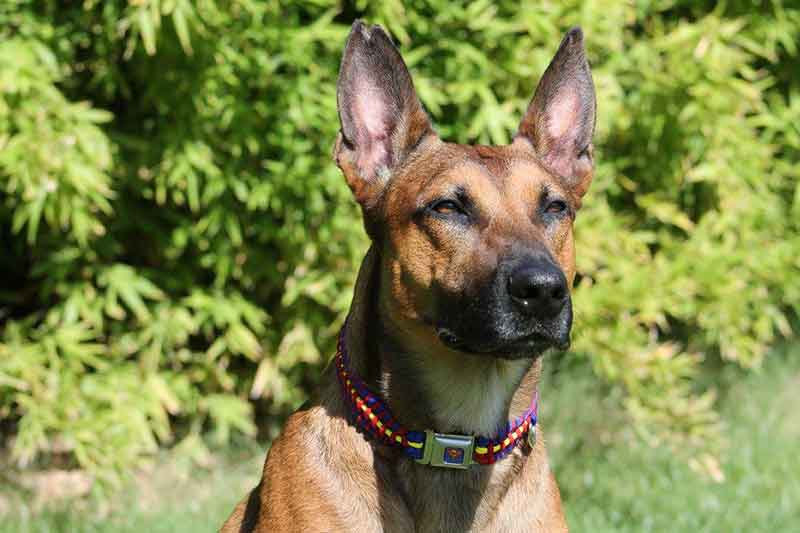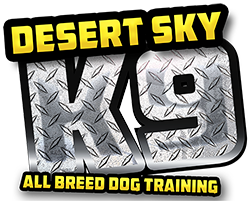Protection Dog Training
SPECIALTY DOG TRAINING
Protecting you and your loved ones
Let’s face it: It’s a crazy world out there. A 2013 study showed that Americans are more worried about being victims of random acts of violence than foreign terrorism. People turn to different things for security, protection, or peace of mind. Some take self-defense training, add home security, and some have weapons. Many people, however, opt for getting a dog for protection. However, knowing if your dog has what it takes to complete our protection dog training program, is the first step.
The key difference between a guard dog and a protection dog is that a guard dog protects your things, like your house. A protection dog, on the other hand, is trained to protect you and your family. Many different types of dogs make good guard dogs, but not all dogs are well suited for providing protection. A key element of training a dog for protection is making sure that the dog has the appropriate temperament for the work. Contrary to popular belief, dogs that have received only limited human contact are not the type of dog you want for protection. Instead, extensively socialized dogs make better protectors. Similarly, many criminals avoid homes with large or intimidating dogs. However, if you are looking for true canine protection, your dog needs to be more than just a visual threat.
Your dog’s ability to do the work is innate, in its genes. Because not all dogs can do protection work, testing must be done to confirm whether your dog has what it takes. Here at Desert Sky K9, we only accept dogs into our protection program that will make excellent protectors. Many companies take any dog for protection training—but we take protection dog training a lot more seriously. Trying to train an ill-suited dog for protection is selling a false sense of security.
Next Steps
Protection Dog Training Evaluation
Protection dogs can’t view everyone who passes you on the street as a potential threat. The dog must be able to function in your daily life, after all. A protection dog should only spring into action when provoked or when you give it the command. However, as with any dog, you must understand what you have and be responsible for the dog’s actions. Training a dog for protection requires patience, dedication, and time. It also requires more commitment from the dog’s owner, because the owner is the one who needs to be able to control the dog.
This type of specialty training involves equal parts time, patience, and skill. If you are curious about our success with other dogs we’ve trained for protection, check out some of our glowing reviews! If you’re ready to take the next steps or find out more about the process, contact us today. We’d love to meet you!

